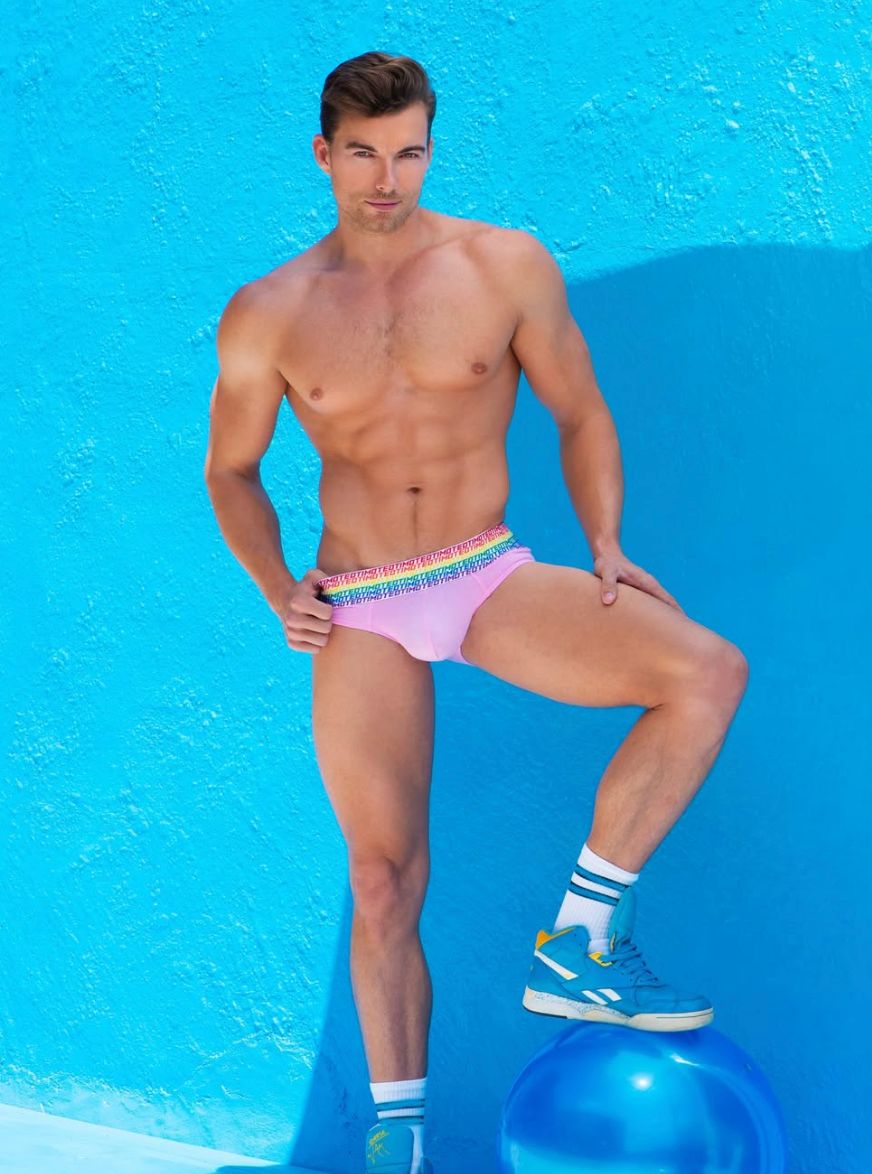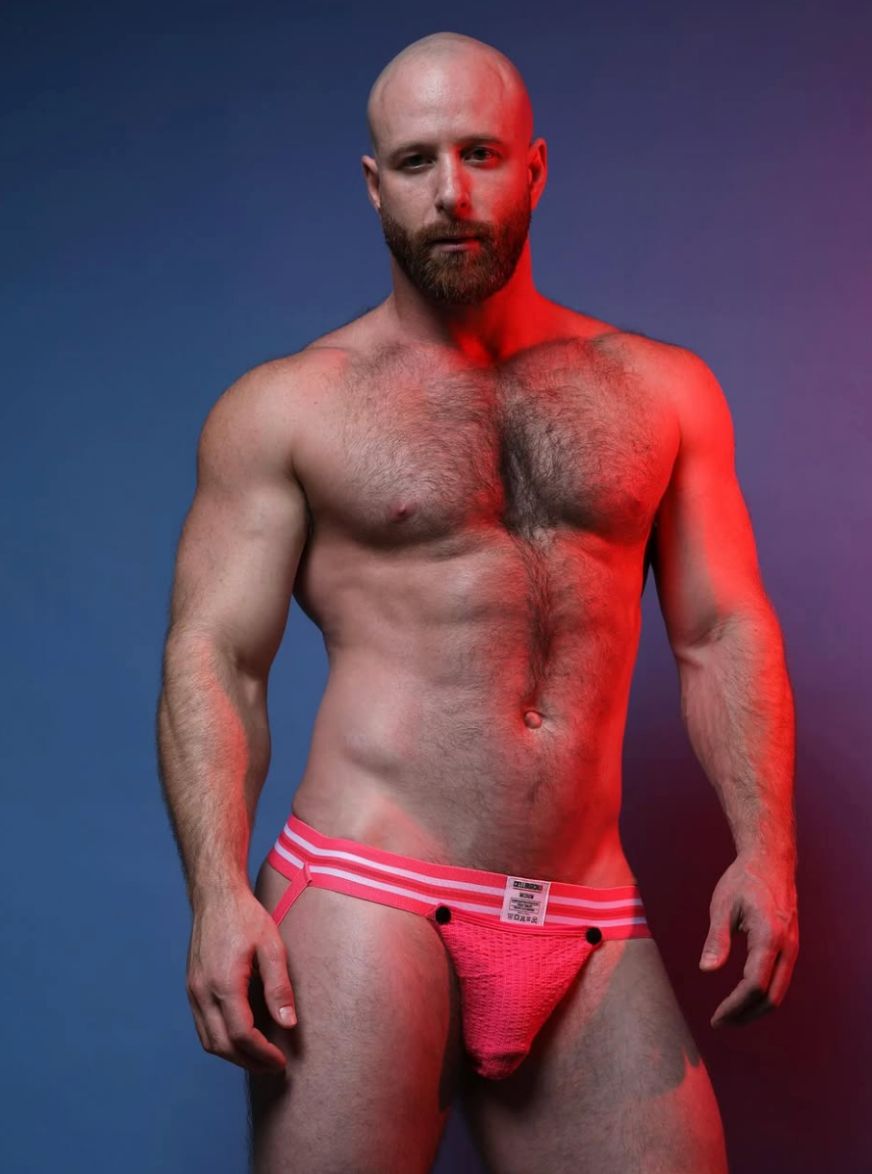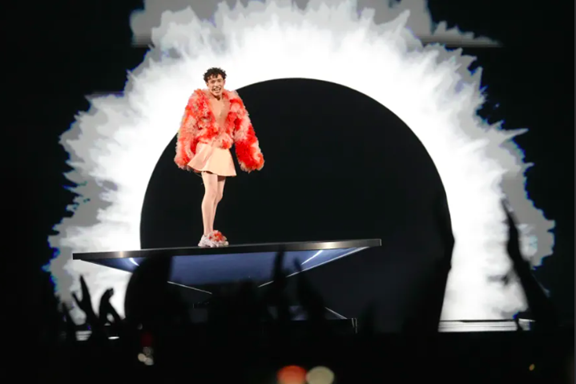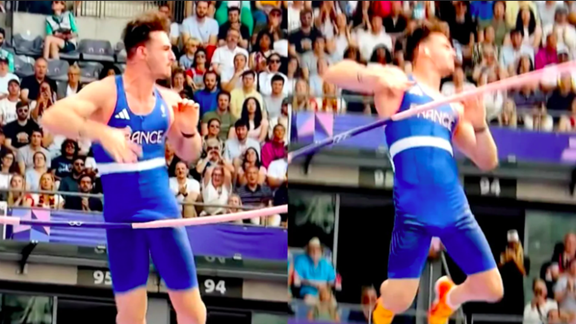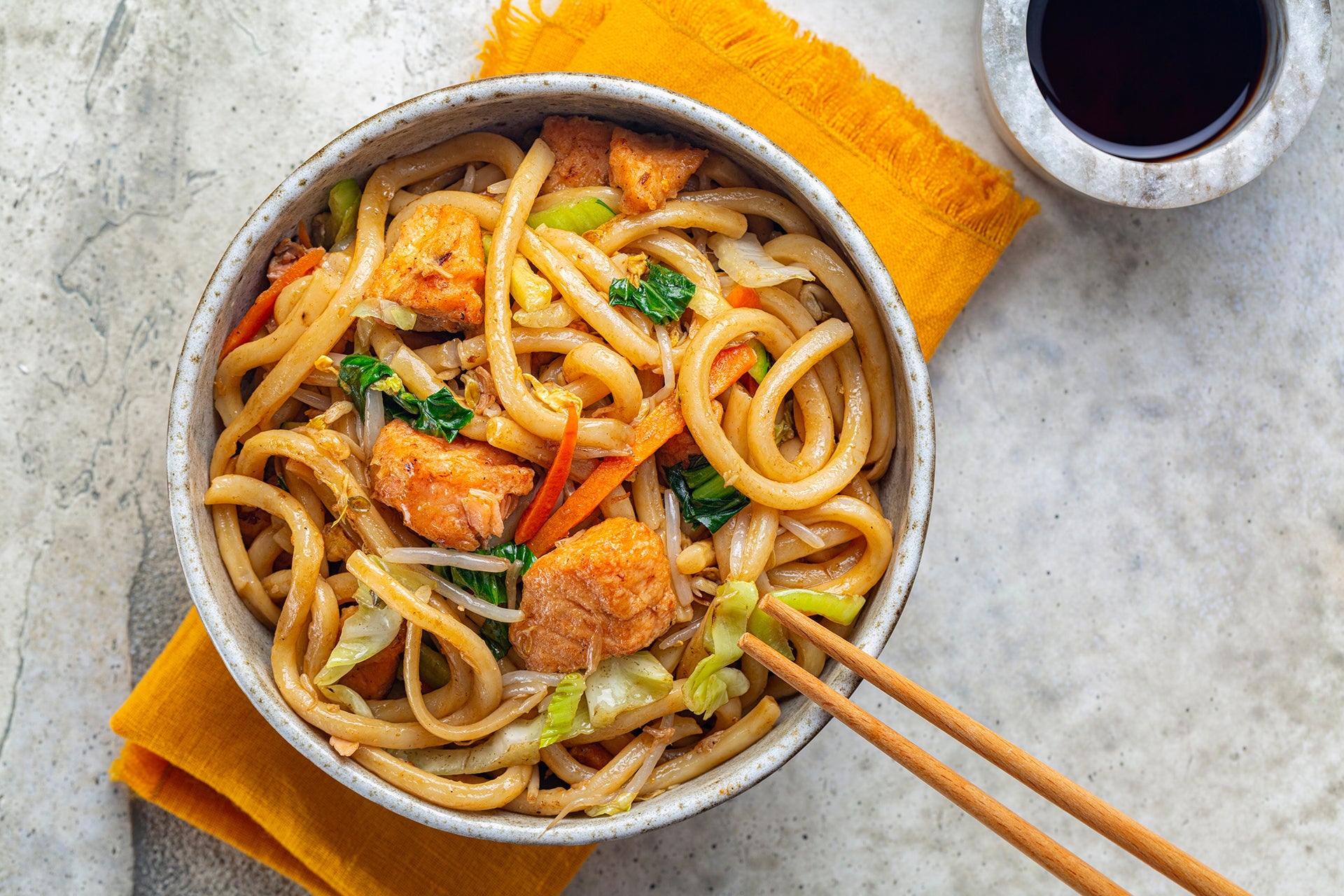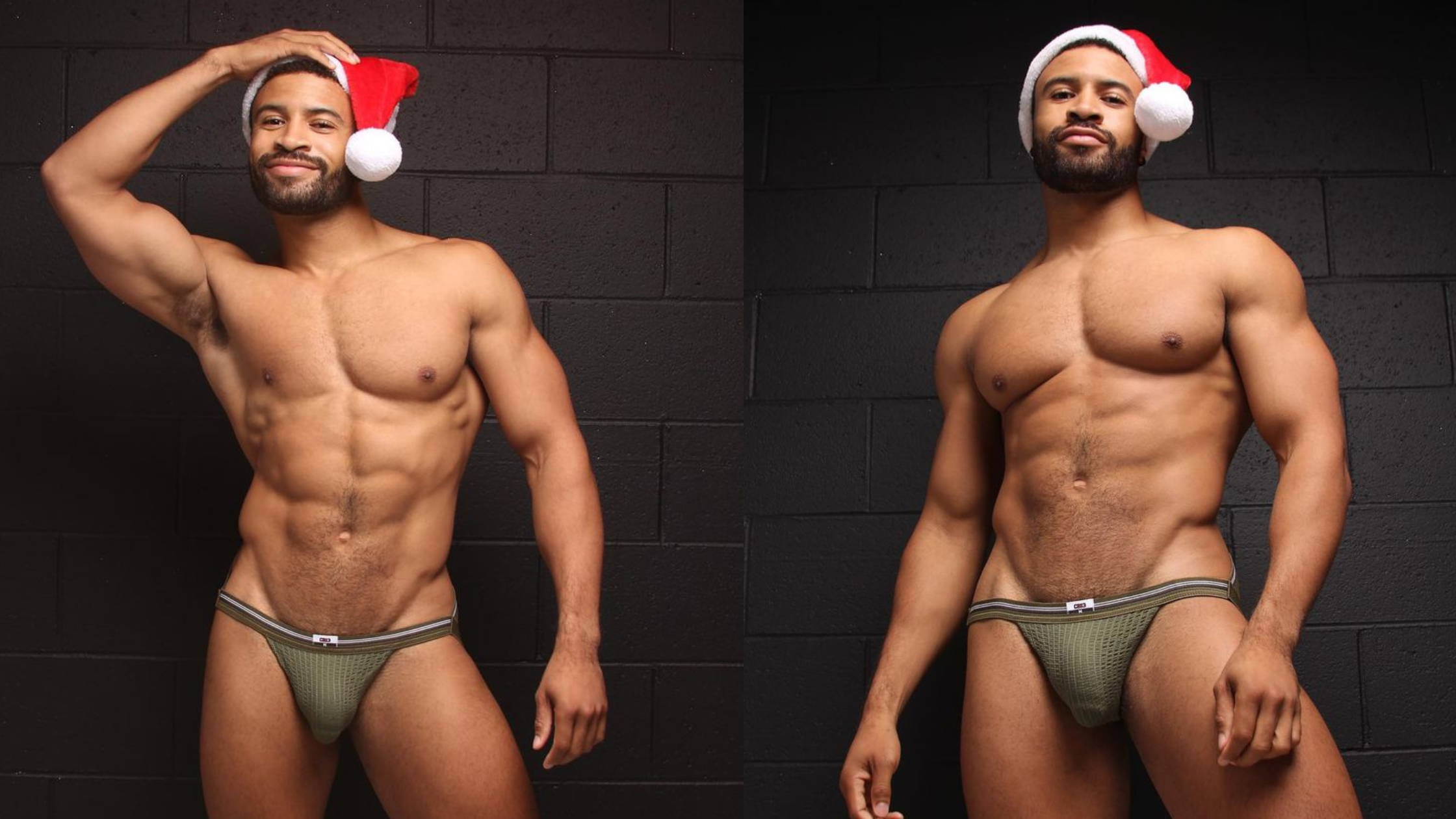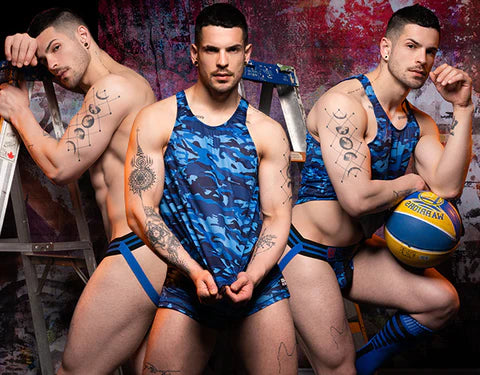Contents

Athletes often wear a special outfit called a singlet in sports like wrestling and powerlifting. This outfit is important because it fits closely to the body and helps athletes move better and feel comfortable while they are competing.
In this article, we will talk about why a singlet's fit is so important in sports. We'll examine how a good fit helps athletes perform better and why feeling comfortable in a singlet is vital to doing well in sports.
Understanding the Purpose of a Singlet in Athletics
Athletes often wear singlets, especially in wrestling and powerlifting. Singlets improve performance in sports. And yes, they are supposed to be tight. This tightness helps athletes move freely and safely. In this section, we'll talk about the design of singlets and how they help athletes in different sports.
The Functional Design of a Singlet
Singlets are made of material meant to fit close to the body. This snug fit has several benefits:
- It stops the singlet from getting caught on anything
- It helps referees see the athlete's movements clearly
- It can even help with muscle support and blood flow.
When athletes pick a singlet, they must consider the design and materials. It should fit well around the chest, hips, and thighs and stay in place during fast movements.
Different Sports, Different Singlets
Although most singlets are tight and form-fitting, their design can vary depending on the sport. For example, wrestling singlets usually have a high cut on the legs and straps over the shoulders to keep them in place during quick and intense matches. Powerlifting singlets might have a lower cut on the legs and be made of more substantial fabric to handle the stress of lifting heavy weights.
The design differences meet the needs of each sport. Wrestling singlets let them move quickly and easily, while powerlifters need solid, supportive singlets. Knowing about the design and purpose of singlets helps athletes make the best choice for their sport.
The Ideal Fit of a Singlet

This section will focus on finding the perfect balance of tightness and comfort and why it's vital for performance and safety.
Tight vs. Comfortable - Striking a Balance
The key to a great wrestling singlet is balancing being tight enough for performance and comfortable enough for movement. A singlet that's too tight can restrict blood flow and movement, which can be a big problem during a match or competition.
According to experts at Healthline, clothing that is too tight can cause various health concerns and impair workout performance. On the other hand, a singlet that's too loose can cause the fabric to bunch up, which might get in the way during crucial moments.
Wrestlers and powerlifters should look for a singlet that fits closely to their body, especially around critical areas like the waist, hips, and hip crease. The right size is essential; it should feel like a second skin without being too constrictive. Remember, comfort is just as crucial as tightness when you're competing.
Material and Stretchability
The material of a singlet plays a significant role in how well it fits and performs. Most wrestling singlets use spandex, which allows for a snug fit that still gives the wrestler room to move. The stretchability of the fabric is crucial; it should stretch to fit the body's contours without losing its shape or becoming too loose.
The material must be even more durable for powerlifting to withstand heavy lifting demands. The material should be breathable to keep the athlete comfortable during long matches or sessions.
When choosing a singlet, athletes should consider the material's quality and how it will hold up under the conditions of their sport. Explore Timoteo's singlets for materials that balance stretchability with style, designed specifically for the gay community.
How to Choose the Right Size Singlet
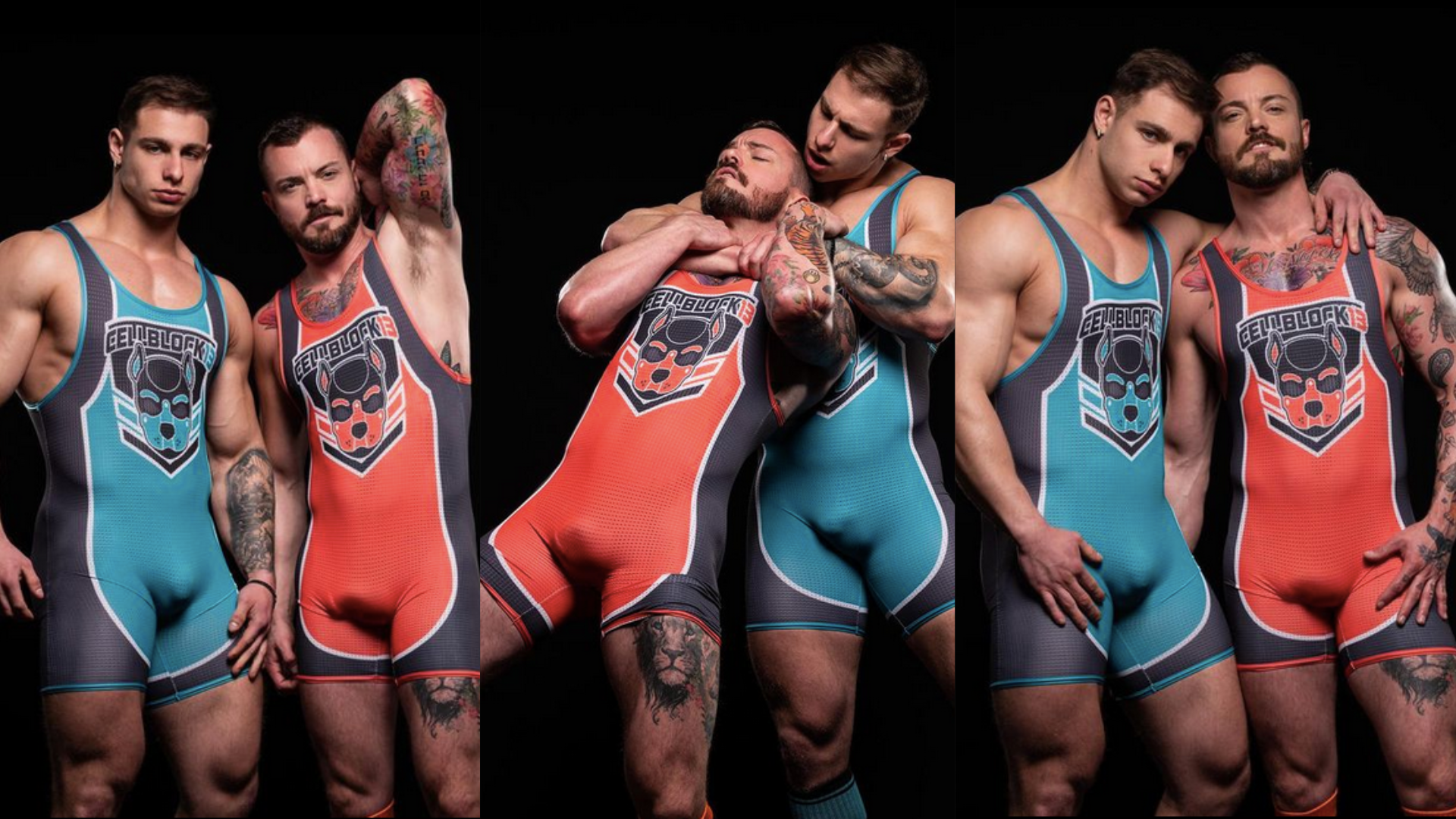
This section will guide you through selecting the perfect size singlet. We'll cover how to measure your body accurately and use size charts effectively.
Measuring Your Body for the Perfect Fit
The first step in finding the right size singlet is correctly measuring your body. You'll need to measure critical areas like your chest, waist, hips, and sometimes your height.
On the other hand, powerlifters prefer a slightly different cut, especially around the hip crease, to accommodate their sport's demands. When measuring, ensure the tape is snug but not too tight – you should be able to fit a finger under the tape.
It's usually best to have someone else help you with these measurements to ensure accuracy. Remember, the right size singlet makes a massive difference in your performance and comfort during competition.
Understanding Singlet Size Charts
Once you have your measurements, the next step is to use a singlet size chart to find your perfect fit. Most wrestling and powerlifting brands provide size charts based on measurements.
These charts typically show different sizes ranging from small to extra-large and sometimes even custom options. Using the size chart of the specific brand you're interested in is crucial, as sizing can vary between brands.
When looking at the chart, find where your measurements fall. Consider how you want the singlet to fit if you're between sizes. Wrestlers prefer a tighter fit to ensure the garment stays in place. At the same time, powerlifters need more room for squats and other movements.
Understanding and correctly using size charts ensures you pick the right size singlet for your body and sport.
Adjusting to the Feel of a Singlet
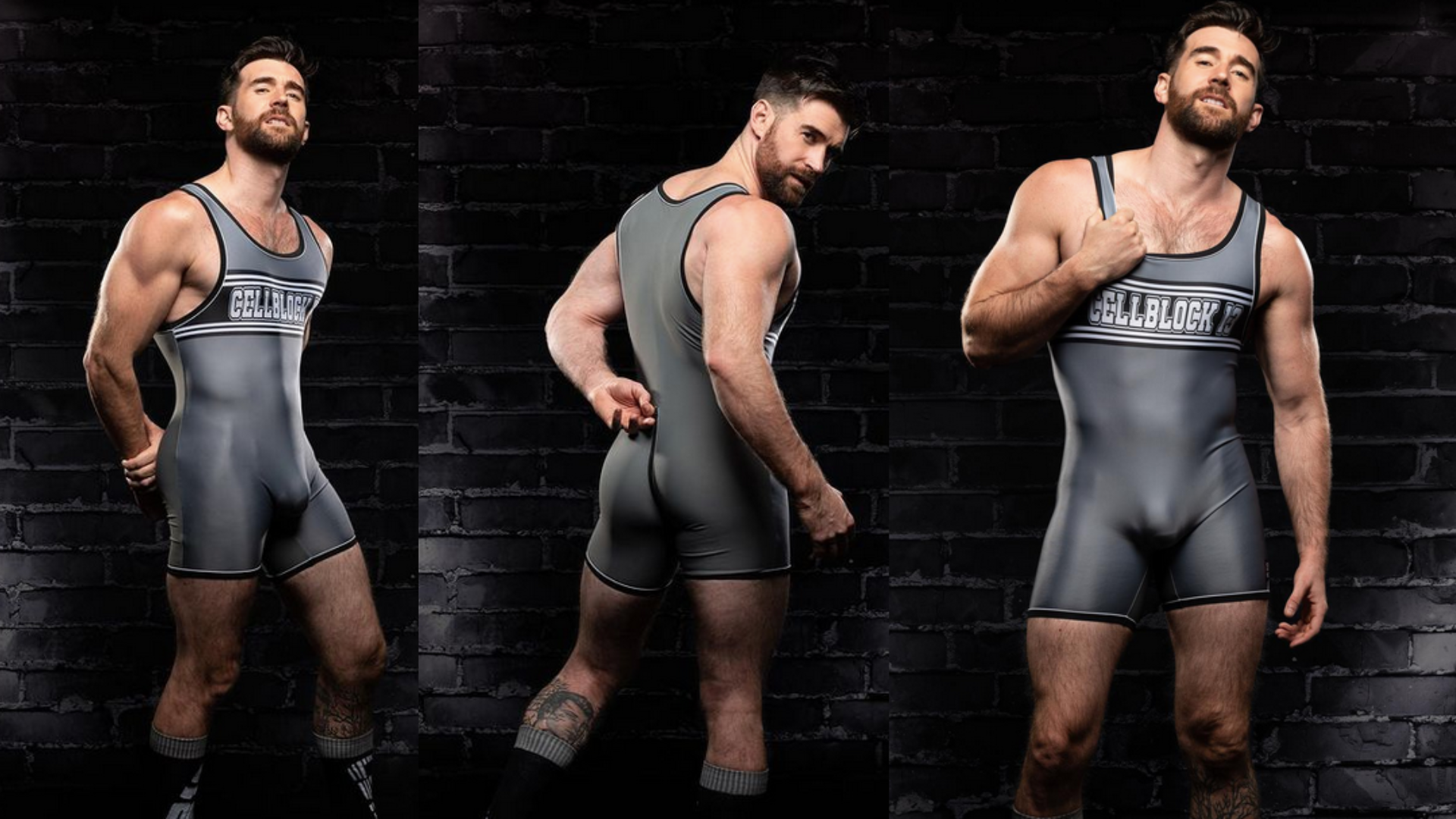
Wearing a singlet, especially for the first time, can be a new experience for many athletes. This section will discuss how athletes can get used to the feel of a tight singlet. We'll offer advice on adjusting to the tightness and understanding when the singlet is too tight.
Getting Used to the Tightness
Wearing a tight singlet is vital to competing for many wrestlers and powerlifters. However, getting used to this tightness can take some time. One way to adjust is to wear the singlet during practice sessions to help your body get used to the snug fit, which can make wearing the singlet during competition feel more natural.
If you're new to wrestling singlets, start wearing them for short periods and slowly increase the time as you become more comfortable.
When Tight is Too Tight
While a singlet is supposed to be tight, there's a point where it can be too tight. If a singlet is so tight that it restricts your circulation, limits your movement, or causes discomfort, it's too tight. For wrestlers, this could mean trouble performing moves effectively. For powerlifters, it could impact their ability to squat or lift properly.
Signs that a singlet is too tight include:
- Difficulty breathing
- Marks on the skin after wearing it
- Feeling restricted while moving
Try a different size or cut if you experience any of these issues. It's essential to find a balance between a singlet that fits snugly and one that allows you to compete at your best.
Singlets and Athletic Performance
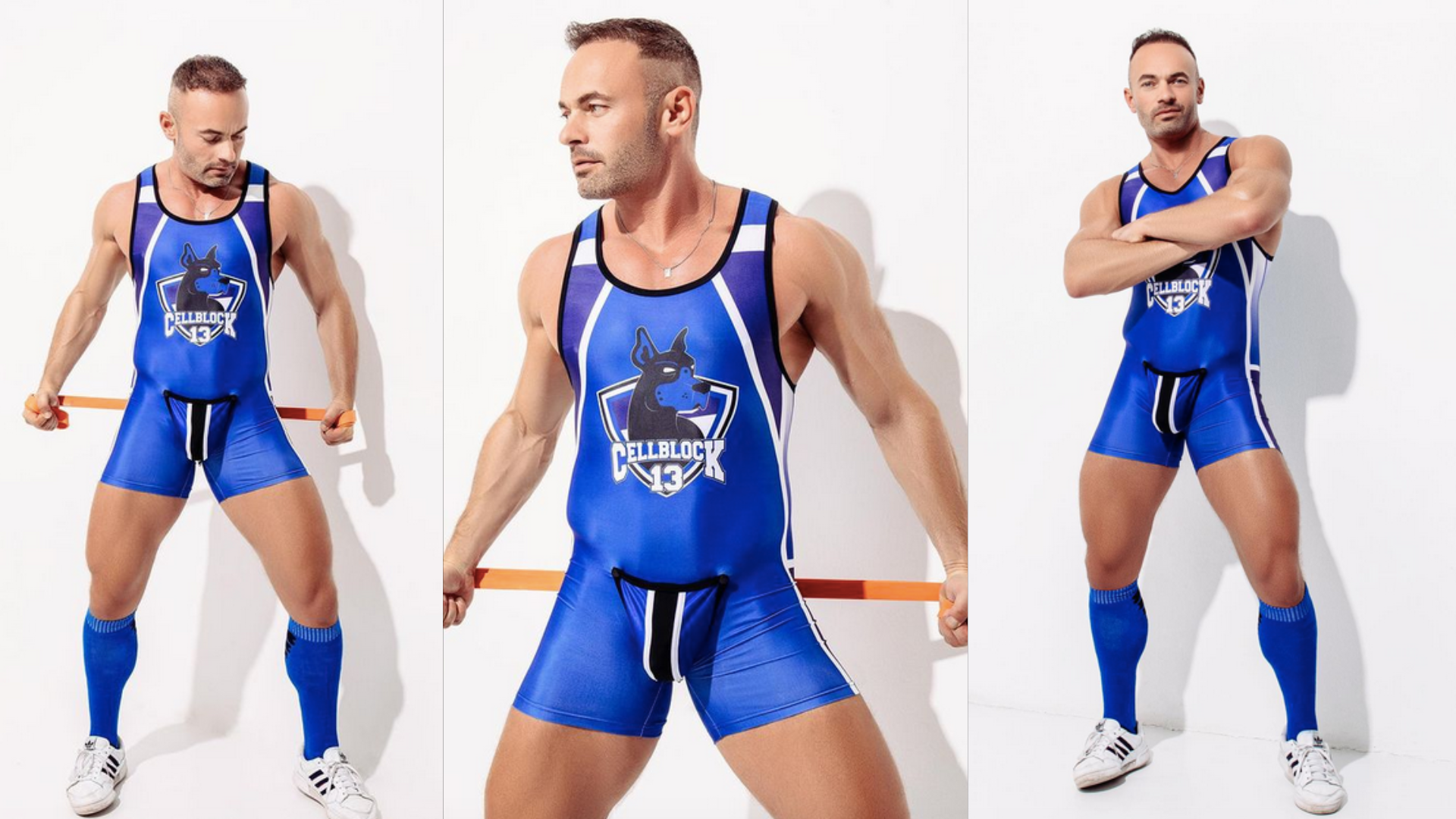
While often seen as just part of the uniform, singlets play a significant role in athletes' performance. We'll look at how the right singlet can enhance performance and the psychological effects of wearing a singlet. Understanding these aspects can help athletes choose the best singlet for their needs and boost their confidence and performance.
The Role of Singlets in Enhancing Performance
A well-fitting singlet can positively impact an athlete's performance. The singlet's tight cut allows unrestricted movement for wrestlers, which is crucial during matches where every move counts.
In powerlifting, the singlet's tightness helps keep the body aligned and supports the muscles during heavy lifts like squats. According to Yahoo Sports, the purpose of the material is to optimize movement. This support can lead to better form and potentially increased lifting capabilities.
Athletes should consider how the cut, size, and material affect their performance when choosing a singlet.
Psychological Impact of Wearing a Singlet
Wearing a singlet can also have a psychological impact on athletes. A singlet that fits well can boost an athlete's confidence, making them feel more prepared and competitive. According to experts at PsychNet, the outfit one wears can influence one's behaviors and mental focus. That's why the type of gear an athlete wears is essential.
Feeling good in a singlet can lead to a better mental state, which is crucial for high-level performance. On the other hand, an ill-fitting singlet can be a distraction or cause discomfort, negatively affecting an athlete's focus and confidence.
Remember, the mental aspect of sports is just as important as the physical, and the suitable singlet can positively influence both.
Care and Maintenance of Singlets
Taking care of your singlet is as vital as choosing the right one. Proper care extends the life of your singlet and keeps it ready for competition. We'll cover how to wash and dry your singlet correctly and the importance of regular inspections and potential replacements.
Proper Washing and Drying
Proper washing and drying are essential to keep your powerlifting or wrestling singlet in top shape.
- Always check the label for appropriate instructions. Most singlets, especially those made from spandex, should be washed in cold water to prevent shrinkage and color fading.
- Use a mild laundry soap and avoid bleach, as harsh chemicals can damage the fabric. It's usually best to hand wash your singlet or use a gentle machine washing cycle.
- When drying, avoid high heat. High temperatures can break down the elastic of the fabric, leading to a looser fit. Instead, air dry your singlet by laying it flat or hanging it up.
- Direct sunlight can result in the colors fading, so it's better to dry your singlet in the shade.
By washing and drying your singlet correctly, you can maintain its fit and elasticity, ensuring it's competition-ready every time you wear it.
Regular Inspection and Replacement
Regularly inspecting your singlet is crucial for maintaining performance. Look for signs of wear, such as thinning fabric, holes, or stretched-out areas. Pay special attention to seams and edges, as these are familiar places for damage. If you notice any significant wear, it might be time to replace your singlet.
How often you should replace your singlet depends on how frequently it's worn and the intensity of your training or competition. It’s essential to replace a regularly used singlet more often than one used less frequently. Always have a backup singlet ready to ensure you're never caught off guard by a damaged singlet on the day of a competition.
Remember, a well-maintained singlet looks better and performs better, giving you one less thing to worry about when you step onto the mat or platform.
The Importance of the Right Singlet Fit
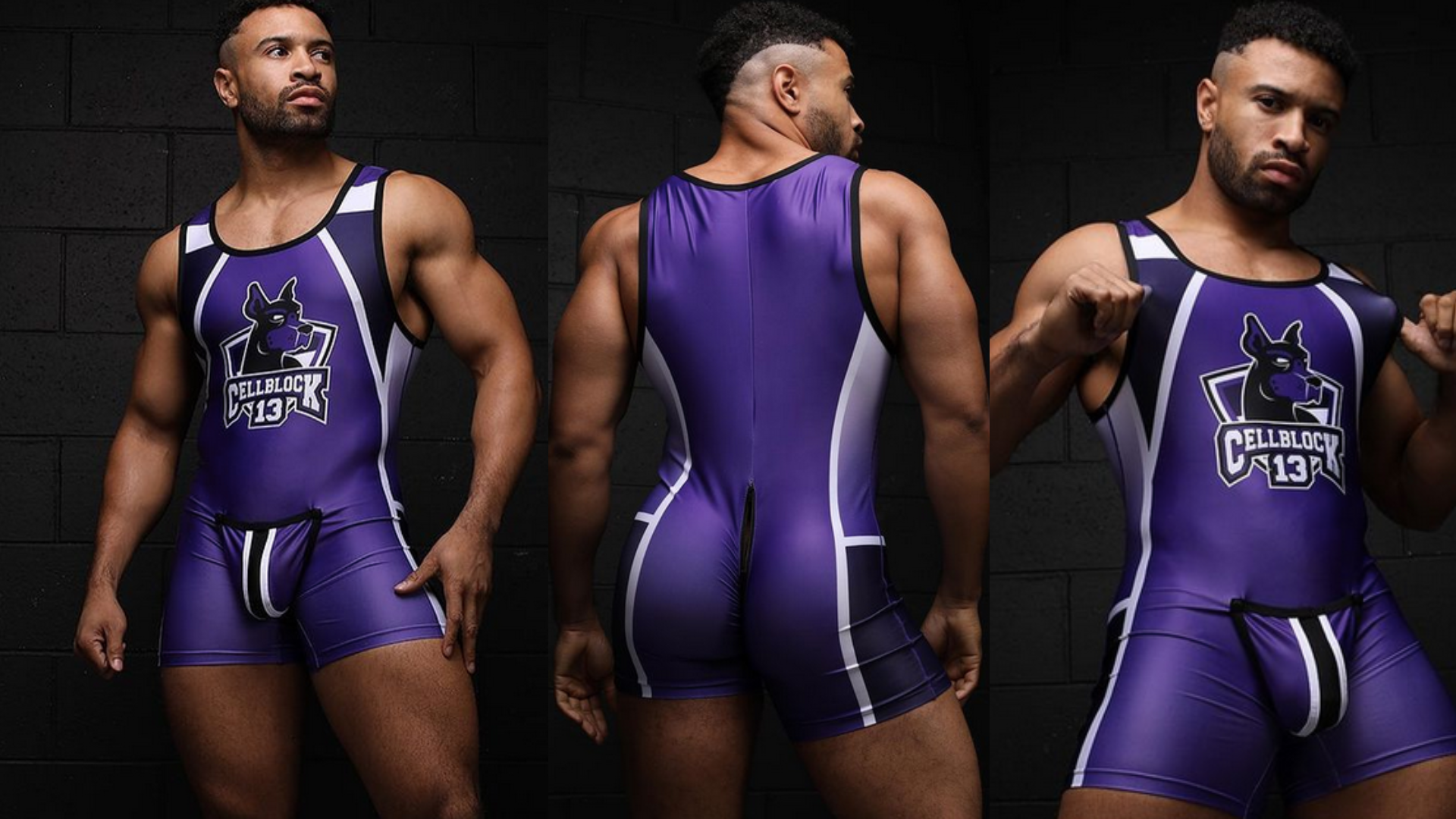
A singlet's right fit is crucial for athletes, especially those in wrestling and powerlifting. A singlet that fits correctly can significantly enhance an athlete's performance by offering material that fits securely but does not restrict movement. Regular care and maintenance of the singlet, including proper washing, drying, and timely replacement, are also essential to keep it in the best condition for performance. Remember, wearing a singlet that feels good and looks good can boost morale and focus during competition. The proper singlet feels better and makes competing easier and more enjoyable.
Whether stepping onto the wrestling mat or the powerlifting platform, wearing a singlet that fits well is as important as any other aspect of your training and preparation; unlock your inner wrestler or powerlifter with the Timoteo Challenger Singlet.
FAQs: Solving Your Singlet Queries
Finding the correct singlet is vital for both comfort and performance. For wrestlers, the singlet should not bunch up or have loose fabric, as this can interfere during matches. For powerlifters, the singlet needs to support movements like squats without constriction. You should feel like the singlet is a second skin – close-fitting but comfortable.
To know what size singlet to wear, measure your chest, waist, and hips and compare these measurements to the size chart of the singlet brand you're interested in. Remember, brands might have slightly different sizing, so always check their specific chart.
Consider how you like your singlet to fit during lifts. You should size down if you prefer a tighter fit for better muscle support. However, if you need more room for movement, especially for deep squats, sizing up could be better. It's a personal choice based on your comfort and the demands of your lifting.
While singlets themselves don't directly increase how much you can lift, they play an essential role in powerlifting. A well-fitting singlet can improve your form by providing muscle support and allowing you to move freely. Free movement can contribute to better lifting performance.










